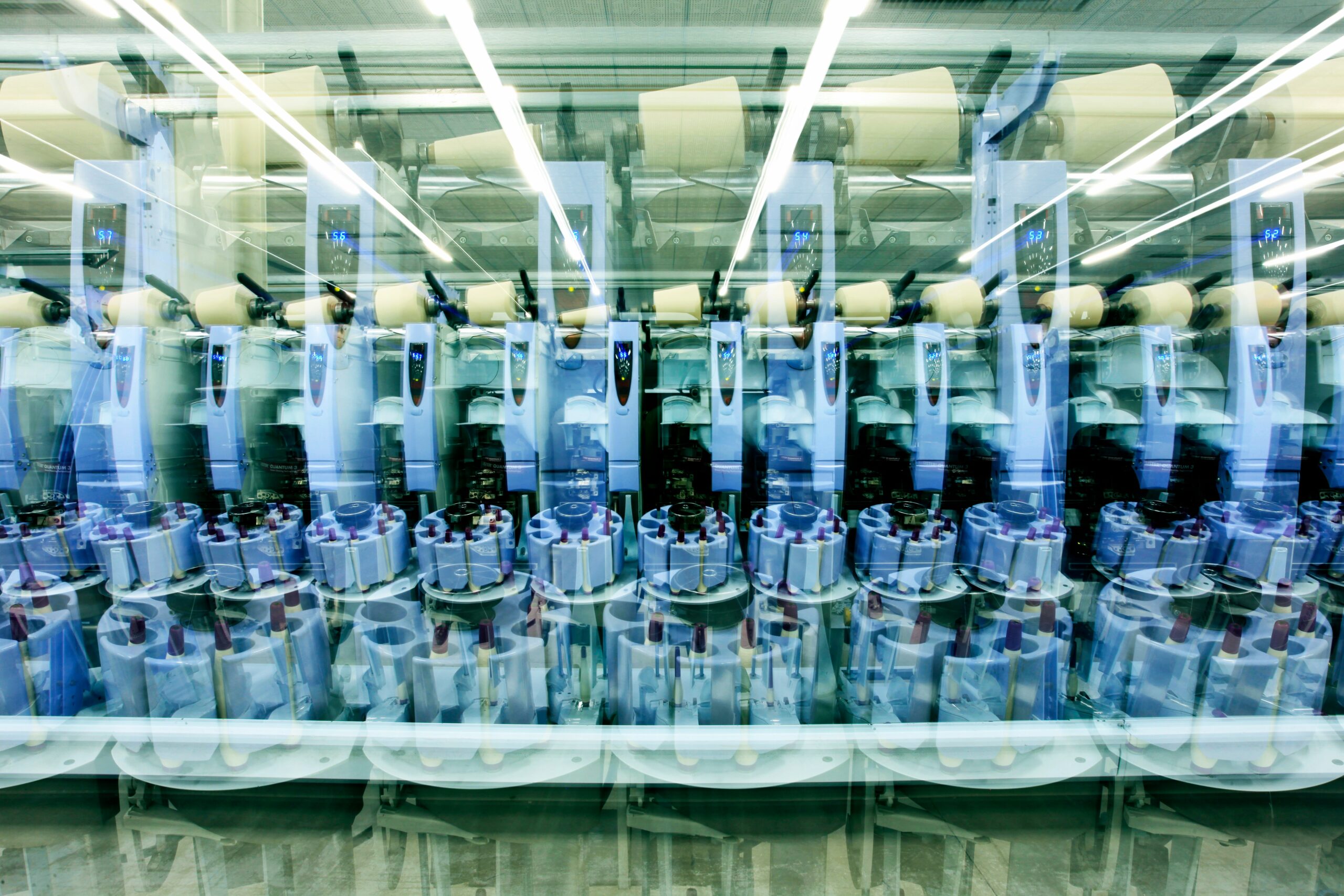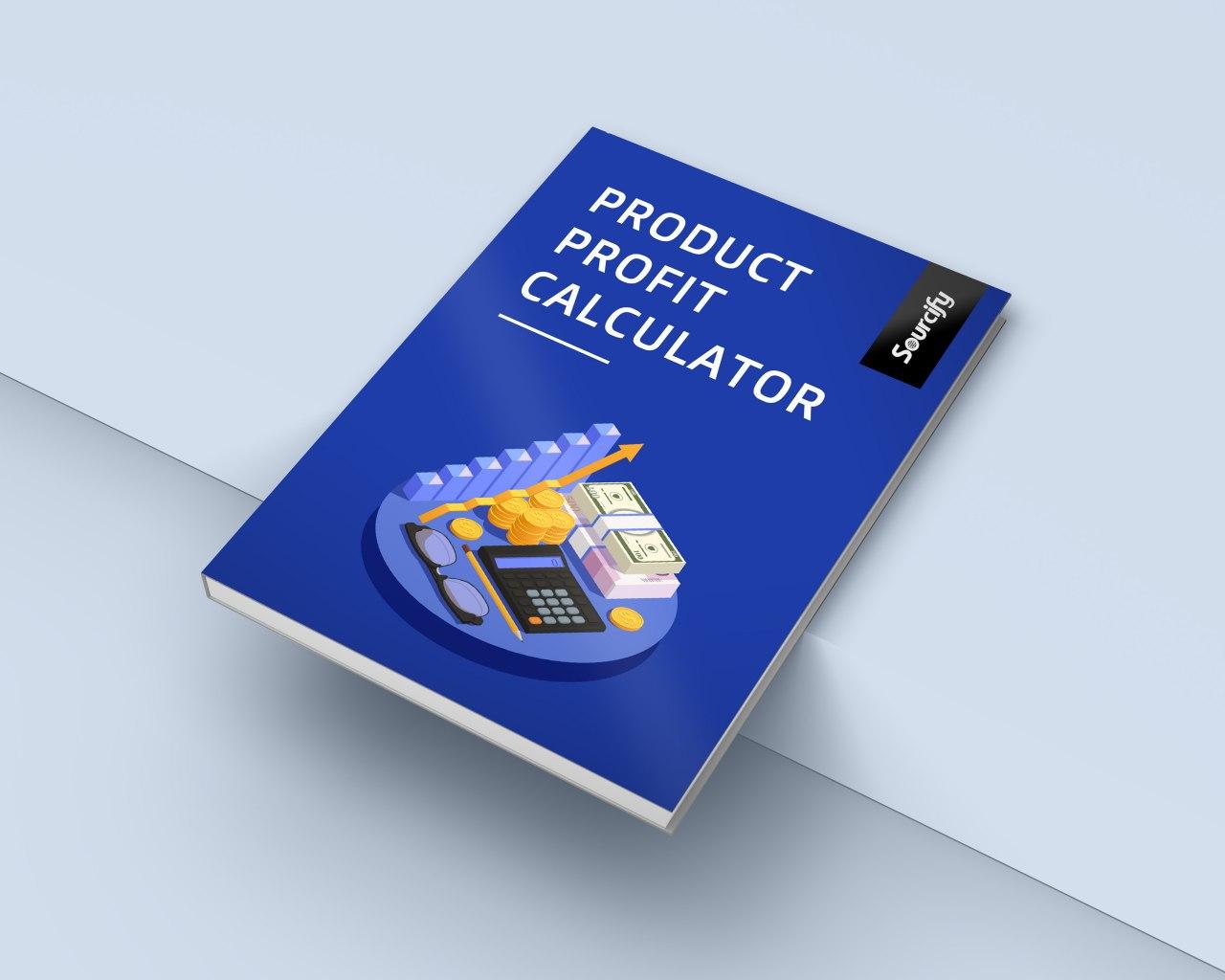The modern beauty aisle looks very different from what most of us grew up with.
For decades, beauty was defined by a narrow standard: Eurocentric faces, clinical white bottles, SPF that didn’t work on darker skin, and acne products that made hyperpigmentation worse for anyone who wasn’t pale. Whole communities were invisible — not just in the ads, but in the formulations themselves.
Topicals is one of the brands that changed that.
Two young women who met through UCLA networks — one obsessed with culture and access, the other obsessed with skin science — took that frustration and turned it into one of Sephora’s fastest-growing skincare brands. In just a few years, Topicals went from a dorm-room idea to selling a product every minute at peak, then launching a holding companyto support other culture-forward brands.
This isn’t just a brand story. It’s a playbook for how to build a modern skincare company that’s:
- Rooted in culture and representation
- Backed by real clinical thinking
- Capable of going from DTC to Sephora hypergrowth
- Ambitious enough to build beyond a single brand
Let’s break down what founders can actually take from Topicals — and how Sourcify would think about building (and scaling) a brand like this.
1. Start Where the Industry Refuses to Look
The beauty industry’s blind spot wasn’t subtle:
- Foundations launched in limited shade ranges
- Acne treatments and actives that triggered hyperpigmentation in darker skin
- SPF formulas that left a white cast — or just never considered melanin-rich skin at all
- Dermatology research, textbooks, and trials heavily biased toward white skin
By the late 2000s and 2010s, that gap was being called out publicly:
- YouTubers like Jackie Aina and Nyma Tang testing “inclusive” launches
- SheaMoisture and Carol’s Daughter showing the power of Black-owned brands
- Fenty’s 40-shade launch in 2017 proving inclusivity was commercially superior
- The 2020 BLM movement forcing every industry to confront equity — including beauty
Topicals didn’t chase a trend. It grew out of that tension.
Their thesis was simple but powerful:
Chronic skin conditions like hyperpigmentation and eczema affect people of color 2–6x more — and nobody is building for them, clinically or culturally.
For founders, that’s lesson one:
The best skincare brands don’t just find “a niche” — they stand in a gap the industry is structurally bad at serving.
2. Build a Founder Team That Actually Matches the Problem
Topicals works because of who built it and how they paired up.
Olamide Olowe – culture, community, and go-to-market
- Nigerian-American, raised in Southern California
- Pre-med at UCLA, originally wanted to be a dermatologist
- Interned at SheaMoisture / New Voices Fund — saw multicultural brand-building up close
- Dealt personally with razor bumps and hyperpigmentation mainstream products didn’t help
- Started Topicals in November 2018, hustling initial capital from her boyfriend, Dorm Room Fund, and pre-seed networks
Olamide brought the mission:
- “People like me are overlooked by medicine and retail — and that’s unacceptable.”
- She knew how to tell that story, raise money, and get people to care.
Claudia Teng – science, formulation, and rigor
- Of East Asian descent, grew up with chronic eczema
- Majored in neuroscience at UCLA, interested in inflammation and skin–brain connections
- Saw how underserved sensitive and ethnic skin were in OTC formulations
- Obsessed with scientific validity and the biology behind chronic skin issues
Claudia brought the method:
- “If we’re going to fix this, the formulas can’t be recycled OTC ideas. They need clinical thinking.”
Together, they created a rare combination:
- Cultural credibility
- Clinical credibility
- A lived experience of the problem from multiple angles
For founders, the pattern is clear:
Mission without science stalls. Science without story doesn’t convert. Topicals worked because those two roles sat at the same table.
3. Spend the Time on R&D (Even If It Makes Fundraising Harder)
Once they teamed up in early 2019, they did something a lot of founders say they’ll do but rarely stick to:
They spent 18 months on:
- Iterative R&D
- Customer discovery
- Dermatologist and chemist consults
- Community testing
All while:
- Pitching over 100 investors
- Struggling to raise their first $2.6M pre-seed
- Hearing “no” from people who didn’t understand the problem or the market
The product decisions that mattered
They focused on two big conditions:
- Hyperpigmentation
- Eczema / barrier-compromised skin
And they rejected the default playbook:
- Hydroquinone → clinically effective, but risky (rebound pigmentation, banned in multiple countries)
- Harsh benzoyl peroxide / retinoid routines → fine for some, disastrous for melanin-rich skin
- Over-reliance on steroid creams for eczema → not sustainable, serious side effects
Instead, they built modern, multi-ingredient formulas using:
- Niacinamide for inflammation + barrier support
- Azelaic acid and tranexamic acid for more gentle pigment regulation
- Colloidal oatmeal and centella asiatica for calming irritated skin
Those choices became Faded (hyperpigmentation) and Like Butter (eczema / barrier support).
Sourcify POV: How we’d support founders at this stage
This is the “messy middle” most founders underestimate. We typically help with:
- Turning lived-experience insights into a real formulation brief
- Vetting and selecting contract formulation labs or CDMOs
- Sourcing actives that are:
- Clinically supported
- Available at scale
- Cost-aligned with your target price point
- Mapping early MOQs, lead times, and stability testing into your launch calendar
Topicals won long-term because they resisted:
“Let’s just white-label something and go.”
That restraint is rare — and it’s a huge part of why Sephora took them seriously later.
4. Price, Margin, and Positioning: Premium, But Not “Luxury”
When Topicals launched DTC in August 2020 (via Topicals.com and Nordstrom.com), their pricing landed in premium-masstige territory:
- Minis: ~$18–$20
- Full-size: ~$32–$38
So:
- More expensive than drugstore (Neutrogena, CeraVe)
- More accessible than prestige dermocosmetics (SkinCeuticals, Dr. Dennis Gross)
Economically, that likely meant:
- COGS in the $7–$8 range for a 50 ml tube early on
- Target gross margins: ~70–80% (growing as volume scaled and fixed costs spread out)
That pricing did three things:
- Made Topicals feel special without being exclusionary
- Created room for healthy gross margins (critical for paid growth and retail margins)
- Told a story: “Clinical-level care, accessible to the people who need it”
Sourcify POV: Getting this balance right is harder than it looks
We see a lot of early skincare brands struggle here:
- Ingredients chosen without costing in mind
- Packaging that looks great but destroys margins
- MOQs that force brutal early cash commitments
What we’d do in this stage:
- Model landed COGS at different volume tiers
- Pressure-test target retail and wholesale price points
- Align formula, packaging, and channel strategy with a margin-first mindset
Topicals didn’t go “luxury priced, mass consumer” or “cheap and cheerful.”
They picked the lane that matched their mission.
5. Launch Like You’re Going to Show the Deck to Sephora (Because You Might)
Topicals’ launch was not ad-first. It was community-first and story-first.
Key pieces:
- Built a pre-launch waitlist by telling the story on social (not just teasing packaging)
- Captured emails early and often
- Launched via:
- Their own website
- Nordstrom.com (a big credibility boost for a “day one” brand)
- First wave of customers came from:
- Their own networks (UCLA, multicultural communities)
- Early press (Allure, Teen Vogue, Byrdie, Essence)
- Social followers who resonated with the mission
Result:
Faded and Like Butter sold out within 48 hours.
Founder Lessons from Their Go-To-Market
- Use the network you actually have.
Alumni groups, cultural orgs, student communities — they’re more powerful than cold lookalike audiences on day one. - Build the email list before you have product.
Tell people what you’re building and why they should care, early. - Don’t be afraid of launching with a premium retail partner early.
Nordstrom.com wasn’t just a sales channel — it was a proof point that helped Sephora later. - Treat every metric as if a buyer will ask to see it.
Because that’s exactly what happened.
6. Cracking Sephora in Under a Year
Topicals launched DTC in August 2020.
They launched in Sephora nationwide in May 2021.
That’s almost unheard of.
How they made “too early” look like “right on time”
They didn’t pitch Sephora on potential. They pitched them on proof:
- 13,000+ person waitlist pre-launch
- Multiple viral sellouts within hours
- Press in Allure, Teen Vogue, Byrdie, Essence, Glossy
- Thousands of UGC posts and before/after transformations
- A portfolio built around underserved, clinically complex conditions
Sephora saw:
- Clinical-grade formulas
- Bold, Gen-Z spin on packaging (not clinical-white sterility)
- Cultural relevance (mental health, representation, humor)
- Actual velocity and conversion data
And they didn’t just test Topicals in a small region. They launched:
- In-store and online, nationwide
Topicals responded by:
- Supporting with education-driven content
- High founder visibility (IG Lives, Q&As)
- Leaning on organic influencer momentum rather than heavy paid budgets
- Focusing on velocity to prove they deserved the shelf space
By 2022, Topicals was Sephora’s fastest-growing skincare brand, selling about one product per minute at peak.
Sourcify POV: What it really takes to be retail-ready this fast
Getting into Sephora is one thing. Staying there is another.
To pull this off operationally, you need:
- A manufacturer that can scale from boutique runs to national volumes
- Tight grip on lead times for both actives and packaging
- A demand plan that can survive early “we’re selling more than we thought” moments
- Cash to fund inventory while you wait for retailer payments
- Systems to track:
- Units per store per week
- Sell-through and replenishment cycles
- Returns, defects, and complaint trends
This is where a lot of brands burn out. Topicals didn’t — and that’s not an accident.
7. Hypergrowth = Operations + Capital, Not Just Hype
At “one product per minute,” Topicals was likely moving ~525,000 units a year.
That requires:
- Scaling up formulations to larger batches without losing efficacy
- Possibly moving into top-tier topical CDMOs for OTC-grade creams and gels
- Locking in packaging vendors able to deliver consistent tubes and cartons at scale
- Managing 12–16+ week lead times with growing retailer expectations
On top of that:
Retail runs on terms. DTC gives you cash up front. Hypergrowth in Sephora means you’re fronting inventory before you see the cash.
That’s why the $10M Series A in late 2022 (from CAVU/Jay-Z’s fund) mattered so much:
- Funded bigger POs and longer production runs
- Allowed for key hires in ops, finance, and marketing
- Gave them room to experiment on channel expansion (TikTok Shop, Amazon) without starving inventory for Sephora
Sourcify POV: Where we plug in during hypergrowth
This is the phase where even good brands implode without help.
We typically focus on:
- Integrated business planning (linking demand, inventory, and cash flow)
- Capacity planning with manufacturers
- Risk-mapping critical SKUs and components
- Scenario planning for “what if Sephora doubles our forecast?”
- Building backup manufacturing and packaging options for supply resilience
Topicals got through this phase intact. Most brands don’t.
8. From Brand to Platform: The Cost of Doing Business (CODB)
Instead of racing toward a classic beauty exit, Topicals took a different turn.
In April 2025, they announced a new holding company:
Cost of Doing Business (CODB).
Why the name matters
CODB is a nod to a simple truth:
- There’s a cost to doing culture-led brands right
- And a bigger cost when they’re done wrong
Olamide (and team) had watched what happened post-acquisition at brands like Sundial / SheaMoisture — where strategy missteps post-sale led to backlash from the very communities that built the brand.
The idea behind CODB:
- Be a “Black LVMH” or “cultural P&G”
- Offer:
- Centralized ops, finance, and supply chain
- Capital and fundraising support
- Brand-building and cultural marketing expertise
- While letting founders keep creative and community control
Their first acquisition: Bread Beauty Supply (textured + curly hair brand with Sephora distribution, playful branding, and inclusive formulas).
Strategically, it makes sense:
- Same retailer (Sephora)
- Shared customer base
- Skincare + haircare portfolio synergy
But it’s also a big swing for a still-growing brand.
Is the holdco strategy smart? It depends.
CODB could unlock:
- Economies of scale in operations
- Stronger negotiating power with manufacturers and retailers
- Shared cultural momentum across multiple brands
But for it to work:
- Topicals must maintain its own growth trajectory
- Bread has to scale without losing its distinct identity
- The central team must be strong enough to support multiple brands
- CODB must be disciplined about which brands it brings in
This is where true operational excellence makes or breaks the vision.
9. What Skincare Founders Should Actually Take from Topicals
A few clear patterns emerge from Topicals’ journey:
1. Solve a real, structural gap
Not “another face wash.”
A problem the industry isn’t built to serve well — like chronic skin conditions in melanin-rich communities.
2. Pair culture with science
One founder who understands the community and story.
One who can obsess over the formulas and clinical validity.
3. Spend the time on R&D
18 months of R&D and customer discovery is not wasteful.
It’s why Sephora could trust the product would hold up at scale.
4. Treat DTC like an audition for retail
Your early DTC metrics, proof of demand, press, and UGC are your Sephora pitch deck.
5. Don’t enter retail until you can keep the shelf full
Velocity means nothing if you’re constantly out of stock.
Supply chain readiness is part of your brand.
6. Raise capital with a plan, not just vibes
Hypergrowth in retail is capital-intensive.
Inventory, not ads, often becomes the biggest cash sink.
7. Think beyond the single brand, but not before you’ve earned it
CODB is a bold move. It might become a powerful blueprint for culture-led holdcos — or a cautionary tale if execution lags. The deciding factor will be operations and integration, not vibes.
If You’re Building the Next Topicals, You Don’t Have to Do It Alone
Topicals shows what’s possible when:
- The right founders work on the right problem
- Clinical thinking and cultural insight are treated as equals
- Operations are built to support ambition, not just aesthetics
At Sourcify, that’s the layer we live in:
- Manufacturer and CDMO selection
- Formulation and ingredient sourcing aligned with your brand promise
- COGS and margin modeling from day one
- Inventory planning for DTC and retail
- Integrated planning as you move from “cool brand” to “serious business”
If you’re working on a skincare brand that should exist — especially one serving people the industry has historically ignored — we’d love to help you build it to last.
You focus on the culture and the customer.
We’ll help make sure the operations can keep up.




